Recipe
Basic recipe for 100 grams of wool, silk or cotton to dye pink
Necessities:
- 8 grams of cochineal
– 15 grams of alum
– 2 grams of tartaric acid
– electric stove or stove
– 2 old (cast iron) pans
- an old mortar
– apron, gloves
– laundry bag or cheesecloth
– (glass) jars, buckets or trays
– 1 cup vinegar
– 2 cups of household soda (if you are going to dye cotton)
Step 1: Wash (only if you are going to dye cotton, skip step 1 if you are going to dye wool or silk)
Fill a bucket with plenty of water and 2 cups of household soda and leave your cotton in it for 24 hours. Rinse well the next day.
Step 2: pickling
Dissolve the alum and tartaric acid in a jar of hot water. Put 3-5 liters of water in the (pickling) pan and add the mixture of alum and tartaric acid. Soak the wool, silk or cotton in a bucket of water and add them to the pickling pan when they are completely soaked. Bring the temperature to 80 degrees (not warmer). Let it simmer for over an hour. Then let the fibers cool down slowly in the pickling bath. You can leave this overnight or get started right away.
Step 3: Dyeing
Crush the cochineal first with a mortar and dissolve the powder in a pot of hot water. Pour the decoction through a tea bag (or catch it in a piece of cheesecloth and tie it into a bundle) into the paint pan and top it up with 3-5 litres of water. Also put the sachet of cochineal in the dye pan. Bring the dye bath to 80-90 degrees and simmer for an hour.
Lower the temperature to 30 degrees and add the wool, silk or cotton.
You can leave the cochineal in the laundry bag in the dye bath during dyeing. Just make sure the fibres can 'swim' properly. Bring the temperature back up to 80-90 degrees and simmer for about 45 minutes.
Let the fibers cool slowly in the dye bath.
MC Tips:
1) Soak the pounded cochineal for 1 day for a deeper colour.
2) After cooling, leave the fibres in the dye bath for an additional night.
Step 4: Fix
Rinse the fibers and let it sit in a bucket of water with 1 cup of vinegar for an hour. Then rinse well and hang to dry.


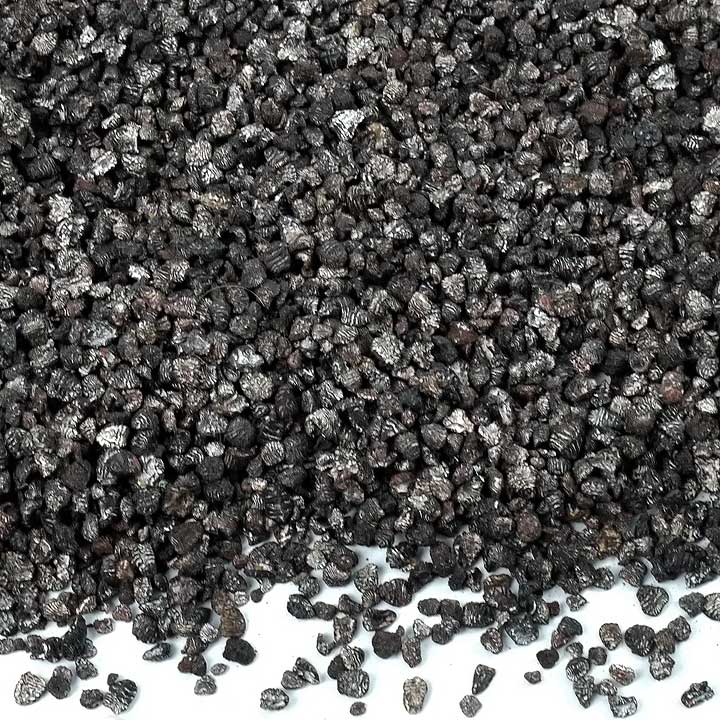
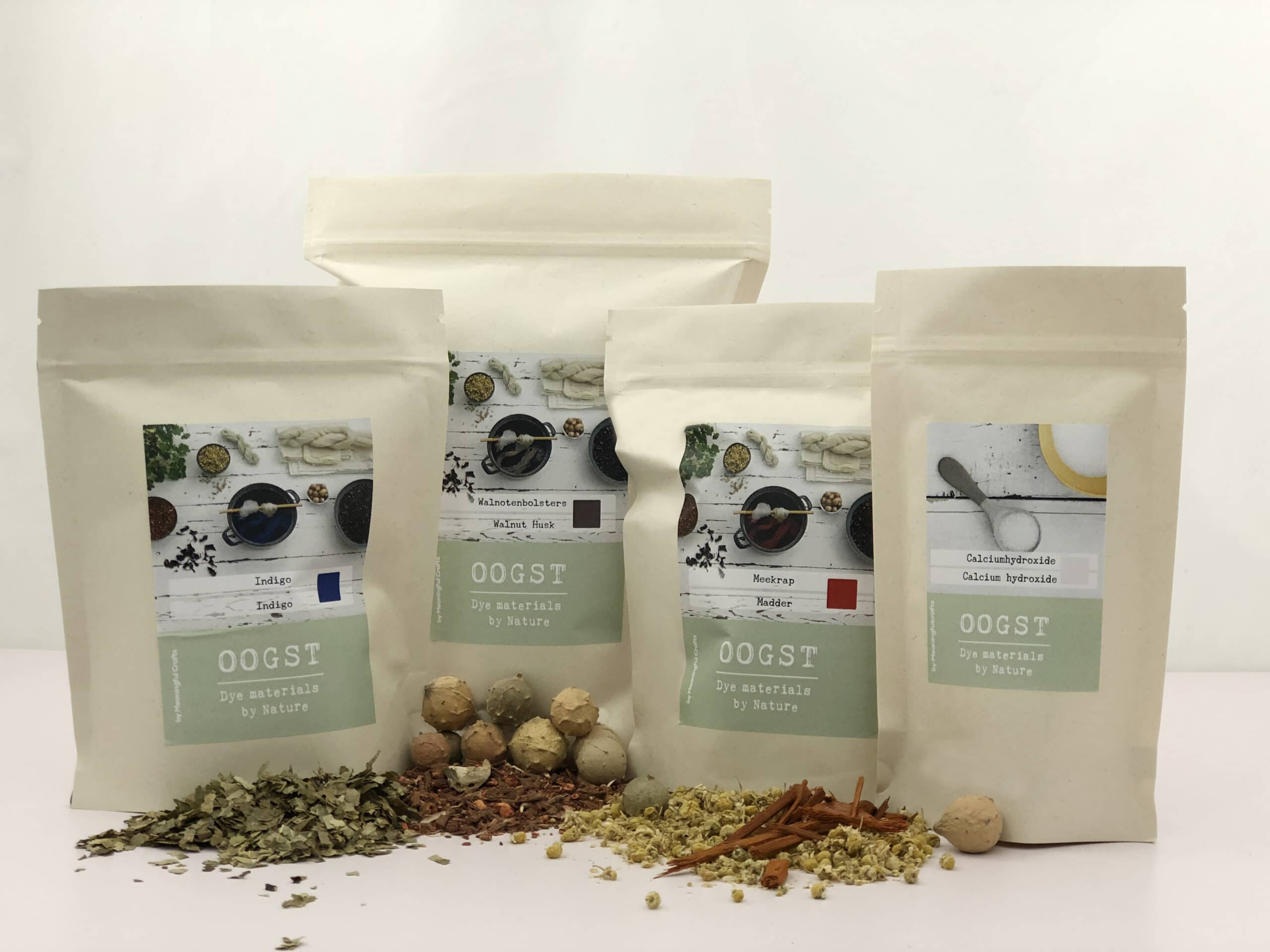
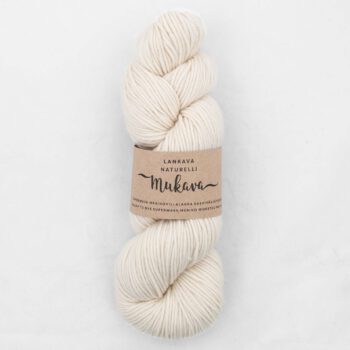
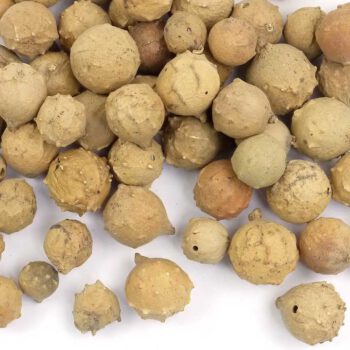
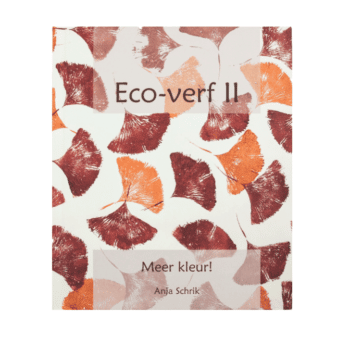
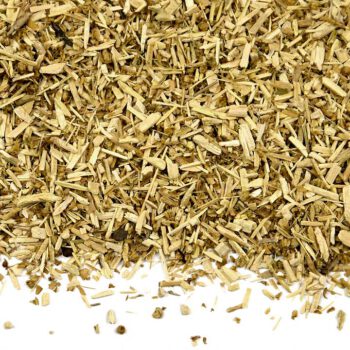

Heleen van der Sanden - www.datistochgeweldig.nl (verified owner) –
Looks good, curious about the colour
Noor de Groote (verified owner) –
Nicely packaged, not yet used